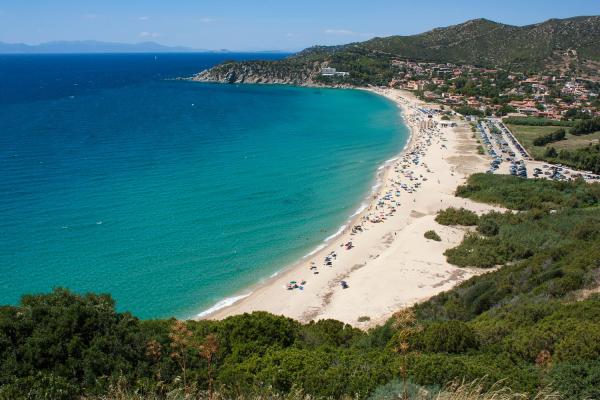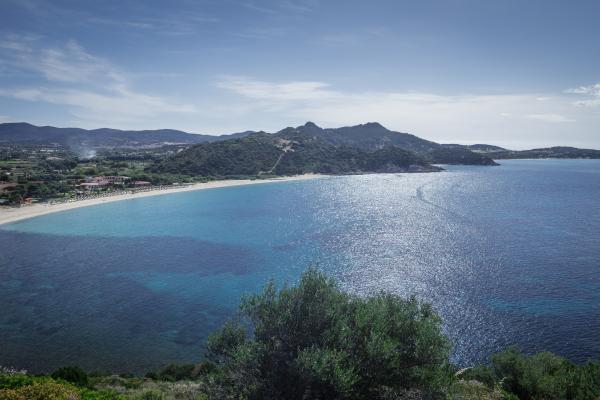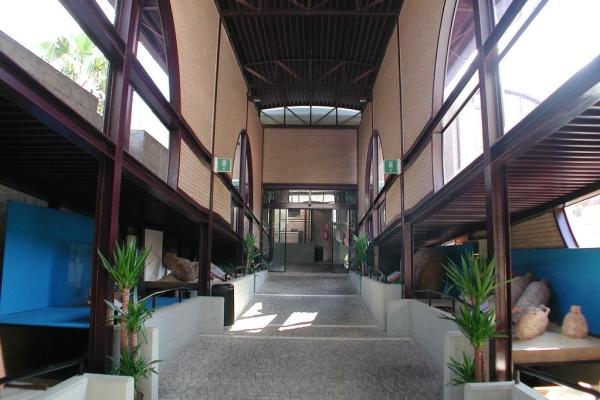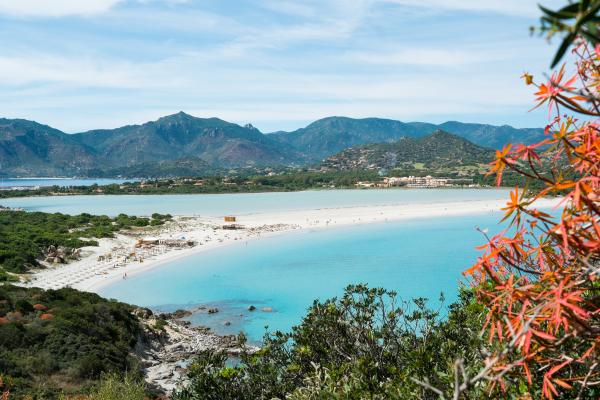Looking at it from above, you will immediately notice its unusual three-arched form: in reality, more than a single beach, it is a group of three little coves with crescent-shaped outlines, separated from each other by flat granite rocks. However, its appearance is not the only feature that makes Porto sa Ruxi captivating: the beach is surrounded by wild nature on the outskirts of Villasimius, in a setting of cliffs and rock faces. Behind it, there are sand dunes covered with age-old junipers, maritime pines and fragrant myrtle bushes, which you can admire as you walk along the path connecting the car parks and the coast. The sand is soft and white, while the sea will surprise you with its transparent waters reflecting shades of bright blue and turquoise. The shallow waters and the shelter from the northwesterly wind offered by the hills behind it make the beach suitable for families and children. Furthermore, it is a destination particularly popular with snorkelling and diving enthusiasts: its waters, included in the protected marine area of Capo Carbonara, are rich in fish fauna populating the area around the rocks in particular.

Beach
Arriving from Cagliari, it is the first beach of Villasimius, a spot with spectacular characteristics that make the southeastern Sardinian town famous
Arriving from Cagliari, it is the first beach of Villasimius, a spot with spectacular characteristics that make the southeastern Sardinian town famous
See this place because...
You will think you are in the tropics, with sand dunes covered in greenery, white sand, a crystal clear sea and rocks smoothed by the waves, while in reality you are at the entrance to the enchanting Villasimius coast
Ti piace questo luogo? Villasimius potrebbe essere la tua meta ideale.
You may also like
More attractions in the vicinity
Nearby hotels and accommodations

VILLASIMIUS
2 km

SINNAI
3 km

SINNAI
3 km










